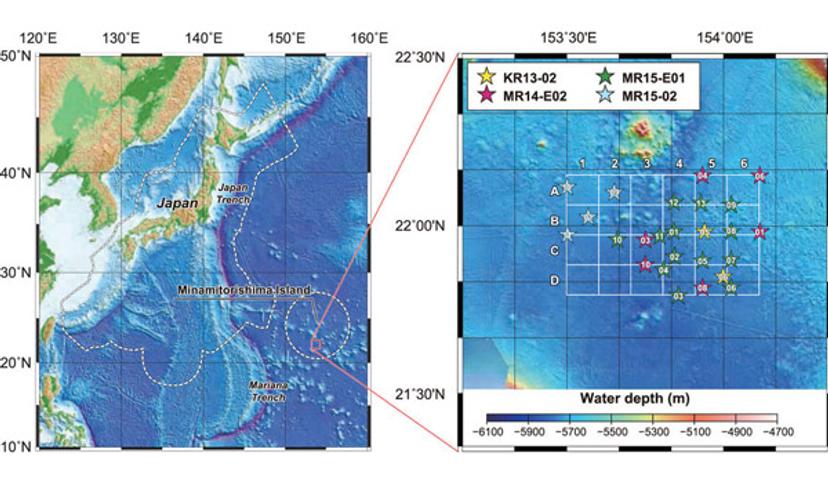New Discovery Hints at Japan’s Global Independence for Mineral Resources
23 Jul 2018Researchers have discovered centuries worth of rare-earth elements within Japan’s economic exclusive zone and succeeded in establishing a mineral processing procedure that selectively recovers host minerals of rare-earth elements from deep-sea mud.

“Rare-earth elements and yttrium (REY) are critical in renewable energy technologies and electronics, for example, hybrid vehicles, rechargeable batteries, wind turbines, and light-emitting diodes, as well as medical technologies,” explains Yutaro Takaya, associate professor at Waseda University and leading author of this study. “Our findings may change the nation’s policies and strategies on natural resource management, for we could possibly become self-reliant in terms of rare-earth mineral resource and build a sustainable future.”
Don’t miss out on the latest updates in material science, join our Materials Community >>
Its abundance, paucity for radioactive elements, and easy extraction and recovery have made REY-rich mud a promising rare-earth metal resource, and back in 2013, marine sediments high in REY content were found near Minamitorishima, approximately 1,800km southeast of Tokyo. Since then, Japanese industries, academic institutions, and the government have collaborated to investigate development possibilities and evaluate its economic value.
In this particular study, the team used Geographical Information System software to visualize the REY distribution in the seabed and evaluated its resource potential. In the northwestern part of the island, they found that the resource amount was estimated to be 1.2 million tons of rare-earth oxide, yielding to decades of annual global demand for rare-earth elements.
“When examining the overall target area, the resource amount was estimated to be 16 million tons, accounting for rare earths worth hundreds of years, for example, yttrium being 780 years,” Takaya says. “These metals could be supplied on a semi-infinite basis to the world.”
Additionally, a hydrocyclone separator has enabled selective recovery of biogenic calcium phosphate grains, which are rich in REY content, from deep-sea mud by grain-size separation and has significantly improved the ore grade. In fact, the quality of extracted earth deposits using this technology enhanced 20 times in comparison to those found in Chinese territories.
Takaya’s team is now trying to enhance this quality by 50 times, which will ultimately lead to lower operation cost and increased efficiency. He adds that he is excited by the possibilities of new industries being borne and developed out of the exploitation of this new REY resource.
Receive the latest news in material sciences, become a member for free today.
